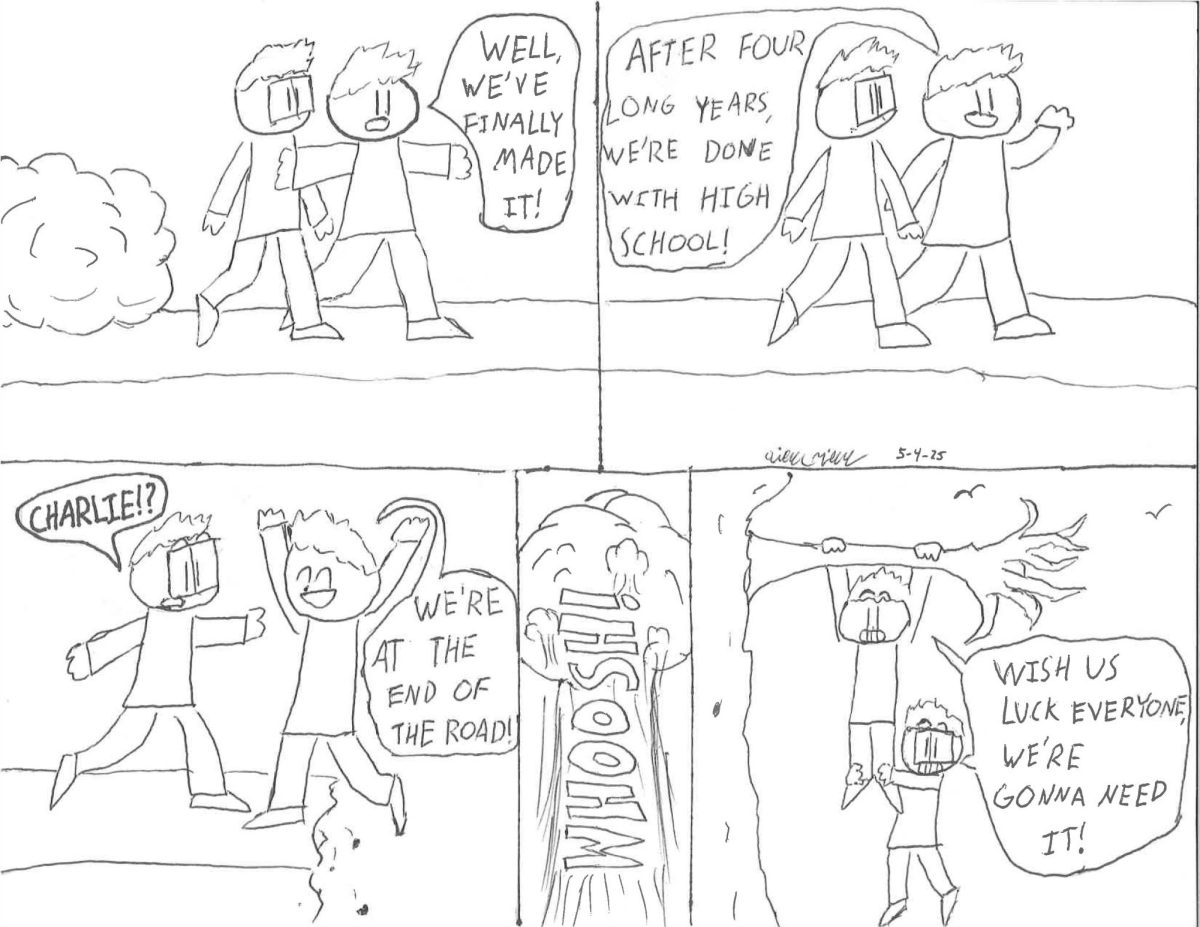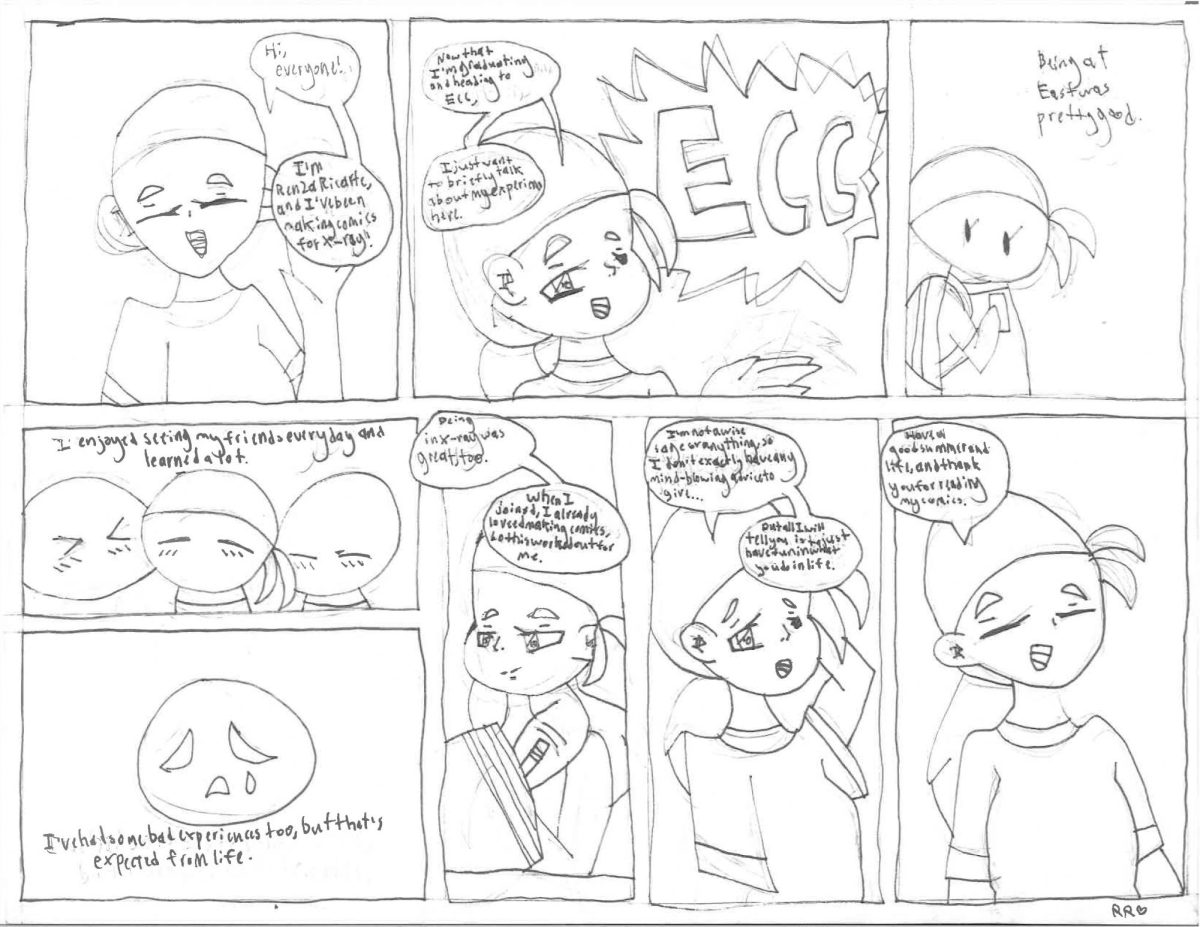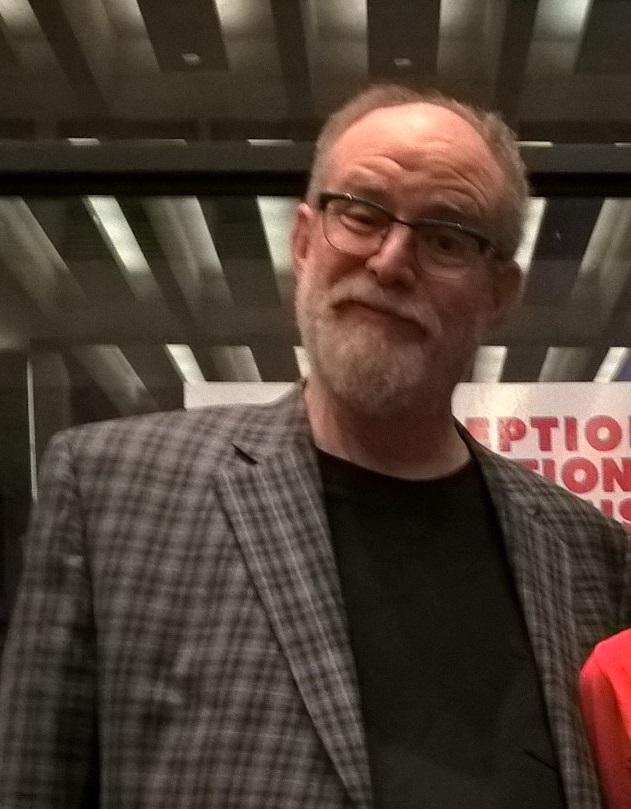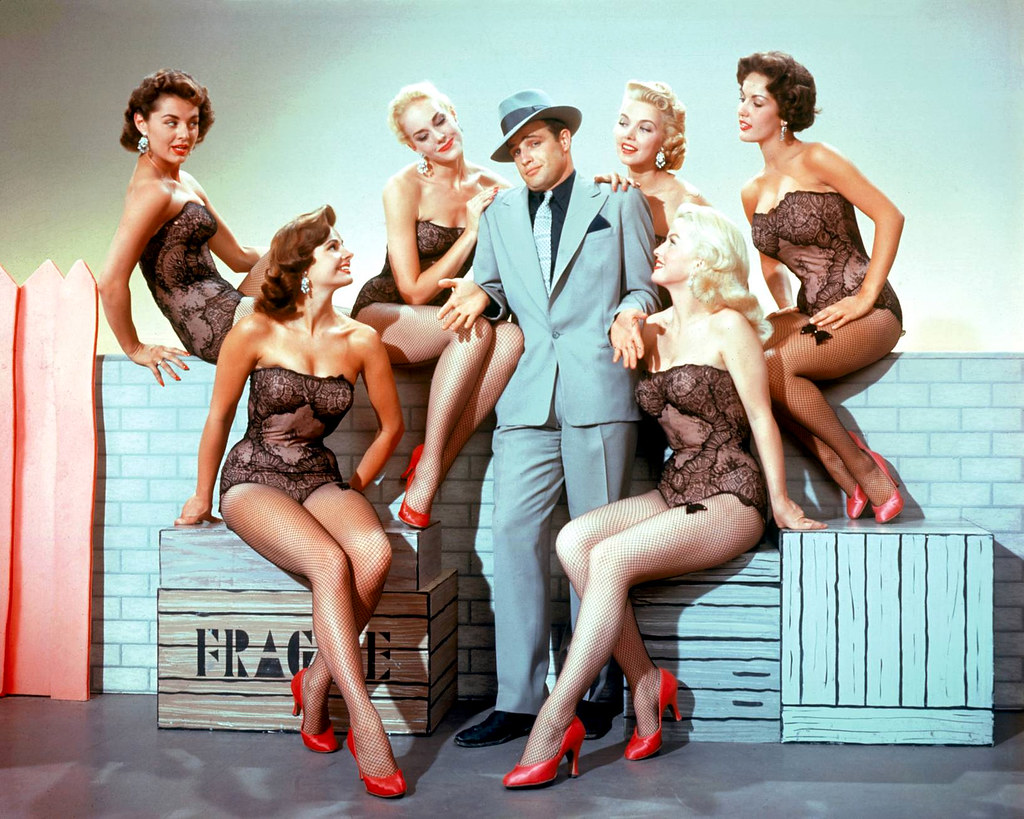The bright neon red hair, petrifying sickly skin peeling with cheap white face paint, big exaggerated overlined red lips looking like you just stuffed your face with raw beets, thick drawn-on brows and the huge cherry red nose—clowns. We all know and love clowns–well, some of us. Their overwhelmingly intense joy is always so scripted that it immensely feels like something is… off. The feeling you get from clowns usually stems from the atmosphere they’re in. If I saw a clown riding a unicycle in the circus, I might find it amusing, but if I saw a clown lurking down in a sewer watching me, I might feel something else–fear. Well, that’s exactly what Author Stephen King executed in 1986 with his 20th book, “IT”. Author Stephen King created his iconic praise flooded around “IT” so much that it eventually got adapted into a movie that got two other adaptations in 2017 and 2019.
Stephen King’s 1990 adaptation of “IT” brought the iconic dancing clown to life, featuring characteristics we all fear in a clown. Childhood is a time in everyone’s life that is supposed to bring the bliss and wonder of being alive. Horror movies themselves drive the audience with the aching feeling you get deep inside your gut like you’re right there either as the character or alongside with them. I see the character in excruciating pain at it’s almost as if I feel it too. After a while of getting this feeling, you then realize you’re scared for a fictional character that you are watching on a screen–that’s how you know the movie you’ve watched was good. King brought this overwhelming feeling through the perspective of kids. The kids (also known as the Losers Club) all meet up in the town of Derry, Maine, and all face the monstrous clown that loiters in the sewers taunting all of these kids with their biggest fear imaginable.
Kids themselves usually rebel against their parents. A kids parents are the providers and sometimes the parents are all a kid has, but sometimes they’re not; parents can be the exact opposite. Character Beverly Marsh (played by Emily Perkins and Annette O’Toole) lives with the person who “cares” for her, but who is also her biggest fear–her father. The one that fears her through his intentions of refusing to acknowledge her woman hood. “IT” is a coming of age story, but Beverly’s father disturbingly never wants her to come of age. Picture your bathroom sink, you hear something… voices. Voices surround the sink; you walk up to the sink, and the voices grow louder. All you see through the drain is a dark black abyss filled to the brim with the echoes of voices. Then, a bright red balloon emerges from the open drain, suffocated by the size of the pipe. Pressure builds up, and the balloon pops as thick red blood goes everywhere. You call your biggest fear into the bathroom screaming, but… he doesn’t believe you because he can’t see it. He can’t see his hands covered in the blood of god knows what, he can’t hear the screams, and he doesn’t know that he is your biggest fear–but Pennywise knows, Pennywise knows everyone’s biggest fear, even when you think no one does.
Even today, King’s execution of the essence of fear still creeps along your shoulder, never dying out no matter how many years go by. Pennywise has some amazing moments on screen that are indelible and the aging of the movie makes the trepidation better. An old book lies in the hands of the Losers Club; suddenly, the book starts flipping its pages with no applied force–just by some sort of supernatural being. The book stops at a black-and-white photo of a town, but something is very off. The kids gather around watching the photo together–the people in the photo were moving. It was as if one was watching an old reel-to-reel capturing the essence of the olden days. Then, out of the back of a photo, something that looks like a clown comes into view skipping out from behind a building. The clown looks directly at where you are, then it starts doing a series of inhumane tumbling toward you. He points at you after noticing you, lets out a monstrous snarl and jumps right at you. The picture turns to color, letting out the terrifying features of the clown who continuously says he’s going to kill you: “I’ll drive you crazy…I am your biggest fear…” he says. The question is, is he really your biggest fear?

Constantly shape-shifting through the different fears the kids have, Pennywise technically isn’t their biggest fear and never really was. If I scare my best friend by spooking them with a mask–making them jump with the quick rush of adrenaline–what were they really scared of at that moment? Was it me, the mask or neither? The answer is neither–my friend had never been scared of me; I had never done anything to provoke that instinct of danger deep inside of them. Neither did the mask–they knew it was just rubber and that it wouldn’t do anything that would cause an immediate brisk alert of danger–so then what was it? Well, it was human instinct. Almost all humans naturally have fight-or-flight instincts that alert us if we are in danger. Pennywise is a monster that uses that instinct against us and feeds off of it like a bee sucking the nectar from a beautiful flower; thus, he tries to create that fear in order to do so. [The most vulnerable kinds of humans that are easiest to get that instinct from are kids. Pennywise makes these kids feel helpless so they continuously provide fear it can feed off of.
Have you ever looked at your closet when you were a kid, looking at the void of darkness squished by the two closet doors? You feel like something is there, maybe ready to attack you, but you just sit there not doing anything about it. What if I told you that your biggest fear sat between those two doors…watching you? Would you believe me, my word against nothing being there? The faux sense of fear is exactly how King portrays Pennywise, and why it makes him so scary. Pennywise is nothing and everything at the same time–he is “IT.” Originating from a nonexistent void beyond our earth, in reality, he’s nothing. He isn’t your greatest fear and never was, just something that appears as something that never was. The only thing that can actually control your fears isn’t your best friend, a mask or even clowns–it’s you.









